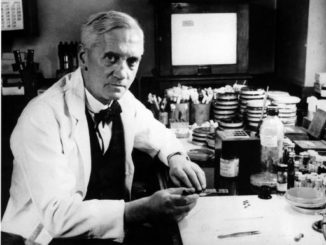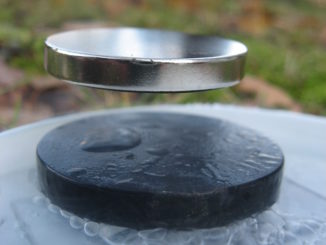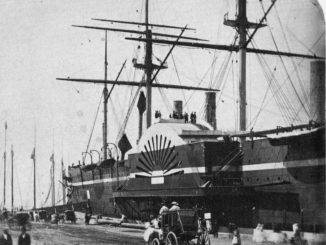
All pages and blog posts

Continuity of progress

Continuity of progress

Continuity of progress

Continuity of progress

Continuity of progress

AI Timelines

AI Timeline Surveys

Conversation notes

Continuity of progress

Continuity of progress